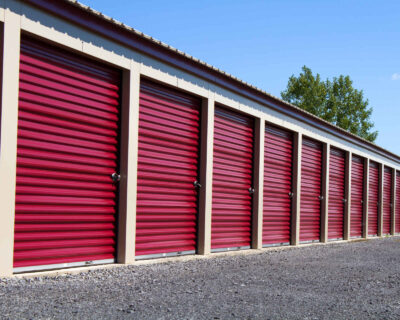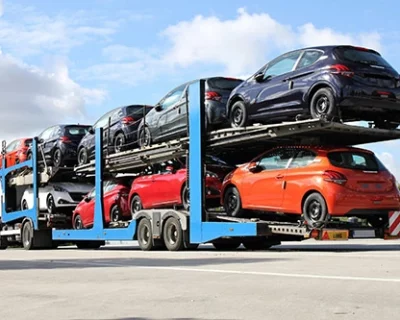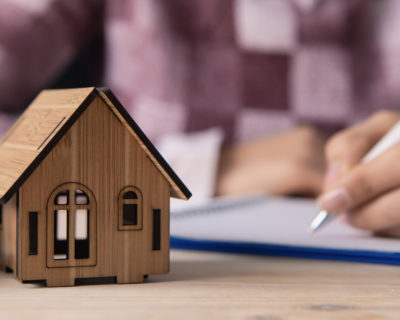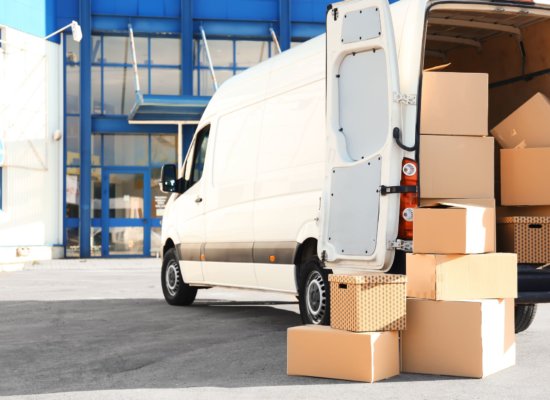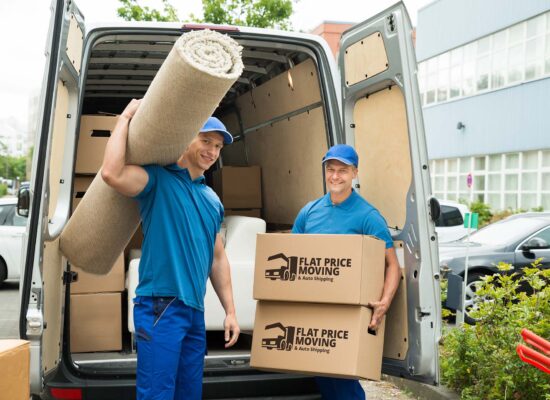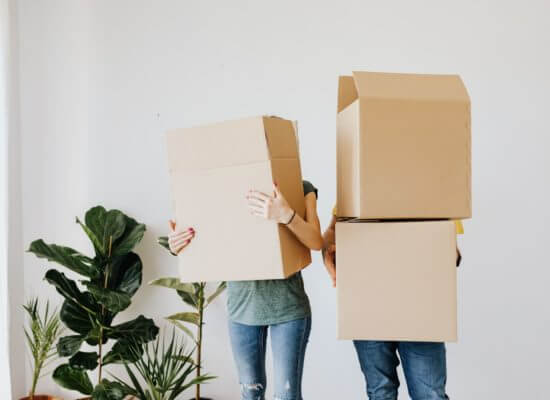The Perfect Packing List for Your Next Long-Distance Moving Adventure
Moving to a new state can be an exciting yet overwhelming experience. Wrapping is often time-consuming and demanding, but with the right packing list, it doesn’t have to be! Becoming familiar with a comprehensive packing checklist of what items you should bring or leave behind when relocating will ensure that the process goes as smoothly as possible – and it will save you valuable time in the end.
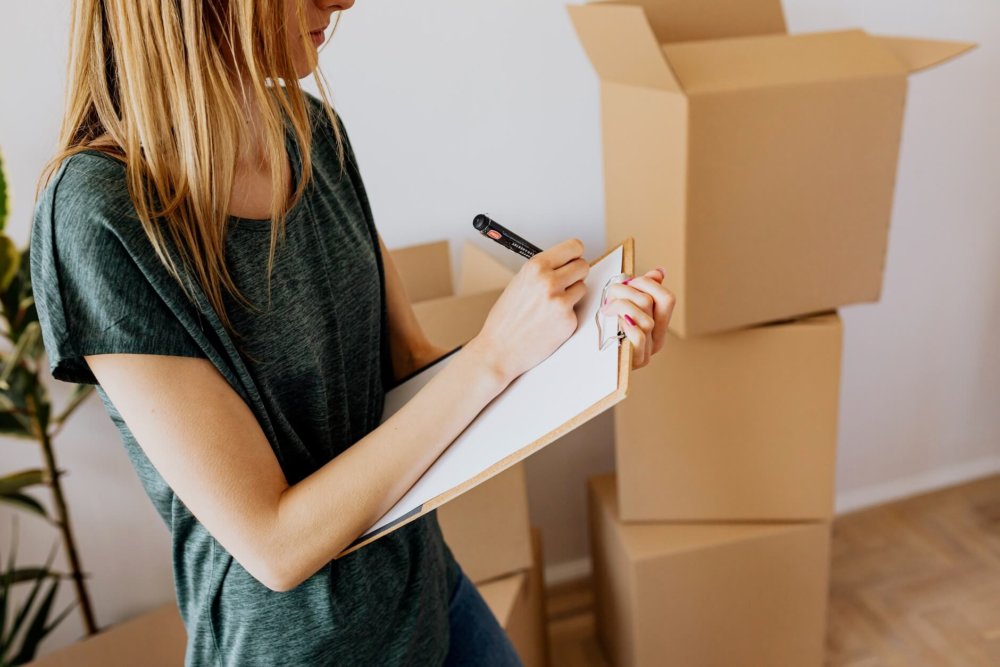
The Importance of Having a Packing List for Long-Distance Moving
Relocating is always a hassle, but cross-country moving is on a whole other level – even when you have long-distance moving services by your side. Not only do you have to deal with the typical problems associated with any relocation – like wrapping everything up and ensuring that nothing gets damaged in transit – but you also have to contend with the added relocation stress of being in an unfamiliar place.
This is why it’s so important to make a list when you’re planning a relocation to another city or state. By making a wrapping list of everything you want to keep when moving, you can ensure that nothing gets left behind and that your relocation goes as smoothly as possible. When you add a detailed to-do list for other relocation-related tasks, you can be sure that you’ll have an efficient relocation.
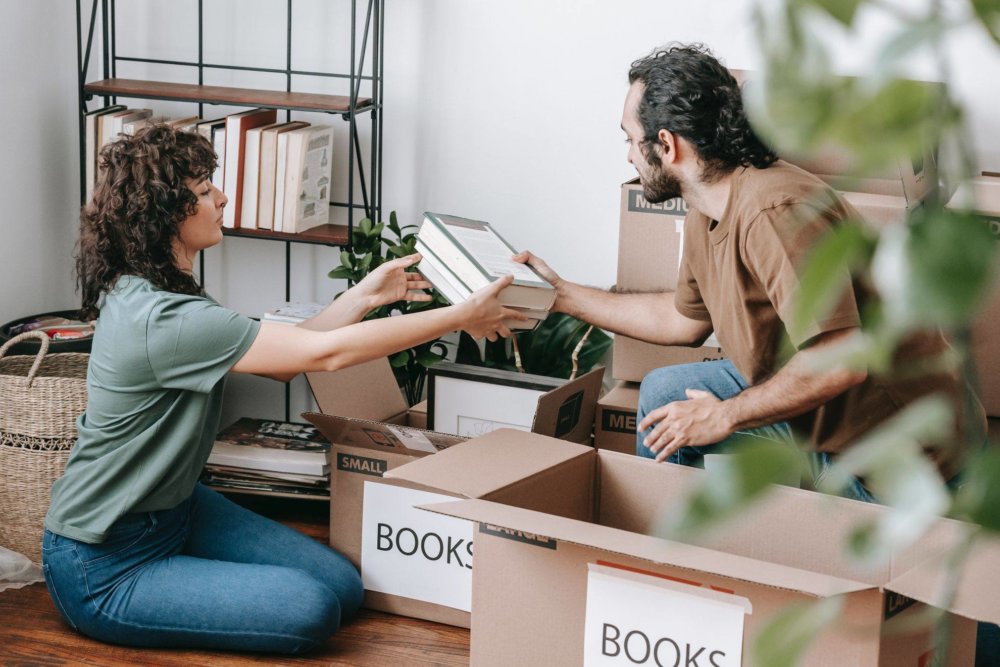
What to Consider When Making a Wrapping Checklist and How to Stay Organized?
Relocating to a new home is an exciting time. There are so many things to consider when moving to a new state and plenty of stuff to think about and plan for, including making a checklist of items to bring with you. After all, it will ensure that you don’t forget anything important and stay organized during the process.
Keep in mind that keeping these lists is beneficial even if you have hired movers from a professional moving and car shipping company and booked a packing service. Here are some things to consider when making your checklist.
Create a Room-By-Room List
One of the best ways to make sure you don’t forget anything is to create a room-by-room list. This means making a list of everything in each room that you need to pack up. Start with the biggest and most important items first, such as furniture, and then move on to smaller items like clothes, dishes, decor, and other fragile items. Be sure to go through every room in your house, including closets, attic, and basement.
Try a Minimalist Approach With Listing Items
When making your checklist and deciding what to keep when relocating, it can be tempting to try and list everything you own. Resist this urge! Not only will it make your checklist impossibly long, but it will also make packing (and unpacking) a nightmare. Instead, take a minimalist approach and only list the items that you absolutely need or that have sentimental value. Everything else can be replaced, so don’t hesitate to get rid of things when moving.
Storage Service
Knowing what kind of surprises cross country move may hold, we offer 30 day free storage for belongings at the origin state.
Read moreAuto-Transport
If your first concern is having your vehicle transported safely and efficiently, enclose shipping is the way to go.
Read moreMoving Insurance
Flat Price Moving and Auto Transport Company offers moving insurance to cover potential damages
Read moreAdd Visual Aids Wherever Necessary or Useful
Another helpful tip is to add visual aids wherever possible. For example, if you have a lot of small items that need to be packed together, consider taking a picture of them all before you start wrapping up the house. That way, when you’re looking for something specific, you can just refer to the photo rather than having to search through everything.
Help Yourself With Some Tips and Tricks
Finally, there are some great tips and relocation hacks that can help make wrapping (and unpacking) even easier. For example, using Ziploc baggies to store small items like jewelry or chargers is a great way to keep them organized and prevent them from getting lost. And if you’re worried about packed clothes getting wrinkled in transit, simply roll them up tightly instead of folding them. These are just a few ideas, but there are endless possibilities! You can learn more relocation tips in this video below, so be sure to check it out.
Tips for Wrapping up Your Belongings
Preparing for a relocation requires careful planning and consideration if you want everything to arrive safely at its destination without being damaged or lost along the way. Choosing the right packaging materials and box sizes is key in ensuring all of your items are securely packed before they are loaded onto a truck. With these simple tips by your side, there’s no need to worry about anything – you can now rest assured that all of your personal belongings will make it safely to your new city!
Your Packaging Materials Matter
The materials you use to pack are just as important as how you wrap each item. You should have plenty of bubble wrap, packaging paper, and boxes on hand before starting the wrapping process. When choosing the right boxes for your relocation, it’s best to go with sturdy ones that can handle the weight of your items. It’s also wise to avoid using recycled boxes – these could be weak, dirty, or contain pests like insects that may damage your belongings. Still, this doesn’t mean there aren’t any places where you can find quality free boxes.
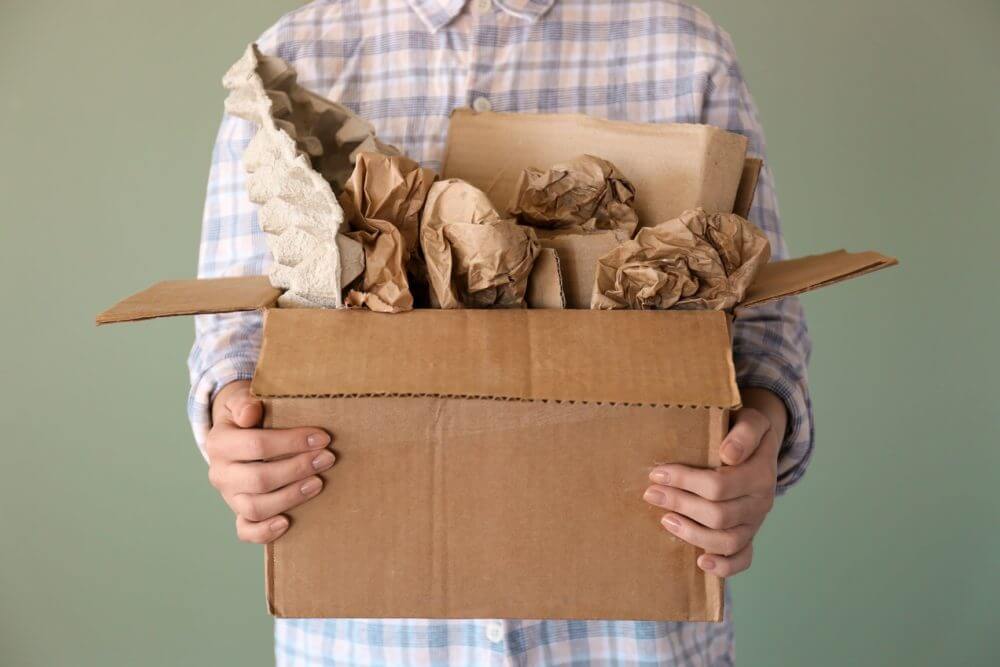
The Size of Boxes Is Crucial
Speaking of boxes, it’s important to choose the right size box for each item you need to pack. Smaller items should go in smaller boxes, while large items require bigger ones. Not only will this help keep them from getting damaged during transit, but it will also make unpacking easier when you arrive at your new destination – there won’t be rooms full of oversized boxes! Make sure each box is no more than 50 pounds if possible. This will make carrying them much easier for everyone involved in the relocation.
Labels Make Everything Easier
Once you have everything packed up, it’s important to label your boxes. This will help you stay organized and know which box goes in which room. You can label each box with the name of the room it belongs in and/or a list of the contents inside. Moving labels will save you time and frustration when unpacking after the relocation.
Pack Important Documents Separately
As for important documents, be sure to gather things like birth certificates, social security cards, driver’s licenses, and passports. You’ll also want to contact your utility companies (electricity, gas, water, trash) and let them know of your relocation so that they can transfer or cancel your service as needed. Lastly, don’t forget to change your address with the post office!
Pack an Essentials Box
When you’re in the midst of wrapping everything up, it can be easy to forget things that you need on a daily basis. To avoid this, pack an essentials box with items like toiletries, medications, phone chargers, and pajamas. This way, you’ll have everything you need until you’re able to unpack all your boxes.
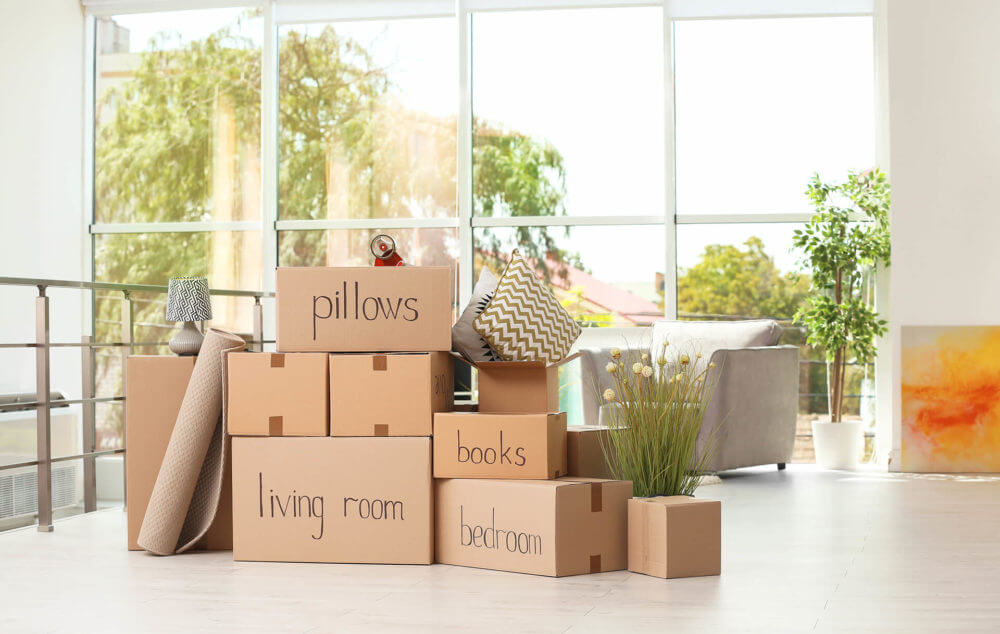
How to List Essential Items for Your New Home
Relocating to a new home can be overwhelming (and even stressful) if you’re not prepared. To help make things go as smoothly as possible on the relocation day (and in those first few weeks after), we recommend making a list of essential items for your new home before wrapping up all your belongings.
Start With the Basics
When you’re making your list of essential items for your new home, it’s important to start with the basics. The list can vary depending on your needs and preferences, but it often includes items like certain appliances, dishes, bedding, towels, and toiletries. Basically, anything you need to live comfortably on a day-to-day basis should be on your list. Once you have the basics covered, you can start thinking about other items you might need.
Consider Your Lifestyle
Your lifestyle is another important factor to consider when making your list of essential items for your new home. For example, if you’re an avid cook, you’ll need kitchen supplies like pots, pans, and cooking utensils. If you have pets, you’ll need pet supplies like food bowls and leashes. And if you have children, you’ll need child-related items like toys and car seats. Basically, anything that is specific to your situation and lifestyle should be on your list.
Use a Separate Packaging List
Once you have everything on your list of essential items for your new home sorted out, it’s time to start wrapping! To make things easier on yourself (and avoid losing track of what goes where), we recommend using a separate list for each room in your house. That way, when it comes time to unpack at your new place, everything will be in its rightful place, and you won’t have to spend hours searching for that one missing shoe!
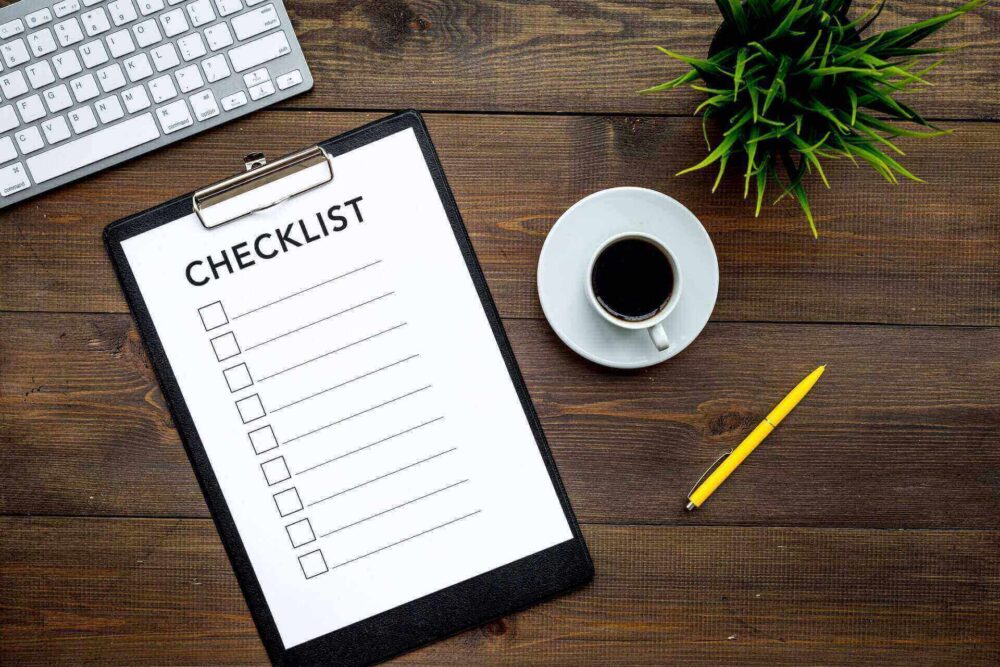
How Cross-Country Movers Offer Flexible Packaging List Options
When it’s time to relocate to a new state, enlisting the help of our professional long-distance movers is an invaluable step in your journey. With a highly knowledgeable and experienced staff, our company can provide guidance and flexibility when creating a list that caters to your needs. Flat Price Auto Transport and Moving can provide the best recommendations for packing, storage, and transportation, so you understand exactly what will be included in the relocation services.
Whatever the nature of your relocation may be, rely on our staff to safely unload and organize everything with professional skill and expertise. We offer customizable options that bring convenience and simplicity to otherwise difficult transitions. So don’t stress about cross-country moving being too difficult or complex – hire Flat Price Auto Transport and Moving for an effortless and efficient relocation to a new state!
FAQ
What Should I Include on My Packing List for a Move?
Start by considering the basics, such as boxes, tape, and packaging materials like bubble wrap and packaging paper. Labeling supplies will also be essential for keeping track of what’s in each box. Don’t forget to include any tools you may need to disassemble furniture or appliances. You’ll also want to pack personal items like clothing and toiletries and keep important documents like IDs, passports, and insurance papers in a safe and easily accessible location.
It’s also important to consider electronics, such as computers and chargers, and any large items you’ll need to move. Finally, make sure you have food and water on hand during the relocation to stay energized and hydrated. By planning ahead and creating a comprehensive list, you can ensure that your relocation goes smoothly and without any major hiccups.
How Far in Advance Should I Start Making My Packing List?
It’s a good idea to start making your list well in advance, ideally at least a few weeks ahead of time. Every good guide to packing for a move will tell you this. This will give you plenty of time to carefully consider everything you’ll need to pack and to make sure you have all the necessary supplies on hand. Starting early also allows you to break down the process into smaller, more manageable tasks, which can help reduce stress and make the process feel more manageable.
Additionally, starting early gives you plenty of time to declutter and get rid of any items you no longer need or want, which can save you time and effort during the wrapping process. Ultimately, the more time you give yourself to prepare, the smoother your relocation is likely to be.
Should I Create Separate Packing Lists for Different Categories of Items?
Creating separate lists for different categories of items can be a helpful way to stay organized while wrapping your belongings. By separating items into categories such as clothing, toiletries, electronics, and so on, you can easily keep track of what you’ve packed and ensure that you don’t forget anything important.
How Can I Estimate the Number of Boxes I'll Need Based on My Packing List?
Estimating the number of boxes needed can be a daunting task. However, you can make this process easier with proper planning. Firstly, you need to assess the size and quantity of your items. This will give you an idea of how much space you will need. Then, choose appropriate box sizes according to the weight and size of your items. Heavy or bulky items may require larger and sturdier boxes, while lighter items may be packed in smaller boxes. After selecting your box sizes, calculate the box volume and compare it with the total volume of your items.
How Far in Advance Should I Make My Packing List?
It’s important to make a list well in advance of a relocation, as it can be a time-consuming process to properly assess everything you will need to pack. Depending on the size of the move, you should aim to make the list at least 4-6 weeks before your moving date. This will give you enough time to take inventory of all your possessions, determine what items you need to pack and in what order, and purchase any necessary packaging materials.
Should I Pack Room by Room or Item by Item?
When it comes to wrapping items for a move, there are two main methods – packing room by room or packing item by item. The choice ultimately depends on your personal preference and the nature of your move. Packing room by room can be more efficient and less overwhelming, as you can focus on one space at a time and ensure that everything in that room is packed together.
This method is especially useful if you have a lot of similar items in each room, such as books in a library or kitchenware in a kitchen. On the other hand, packing item by item can be more organized and precise, as you can categorize items and ensure that each box has a specific purpose.
Should Breakable Items Be Wrapped Prior to Packing?
Yes, it is highly recommended that breakable items be wrapped prior to packing. This includes items such as dishes, glasses, and fragile decor. Wrapping these items provides an extra layer of protection and helps prevent them from breaking during the move. There are several options for wrapping breakable items, including bubble wrap, packaging paper, and even towels or clothing.
The key is to make sure that the item is completely wrapped and that there is no room for it to move around inside the box. Additionally, it’s important to label the box as fragile so that movers know to handle it with care. Taking the time to wrap breakable items prior to packing can help ensure they arrive at your new home safely and in one piece.


